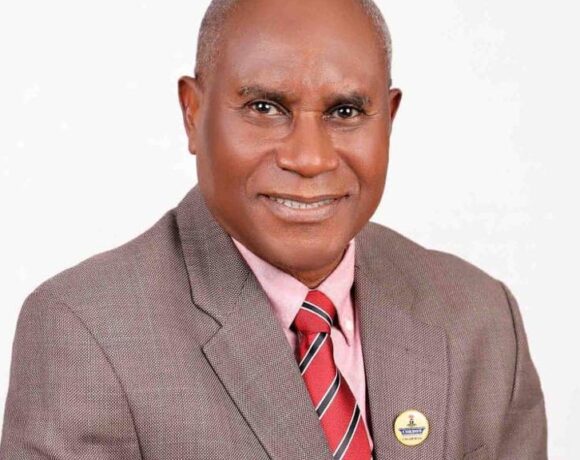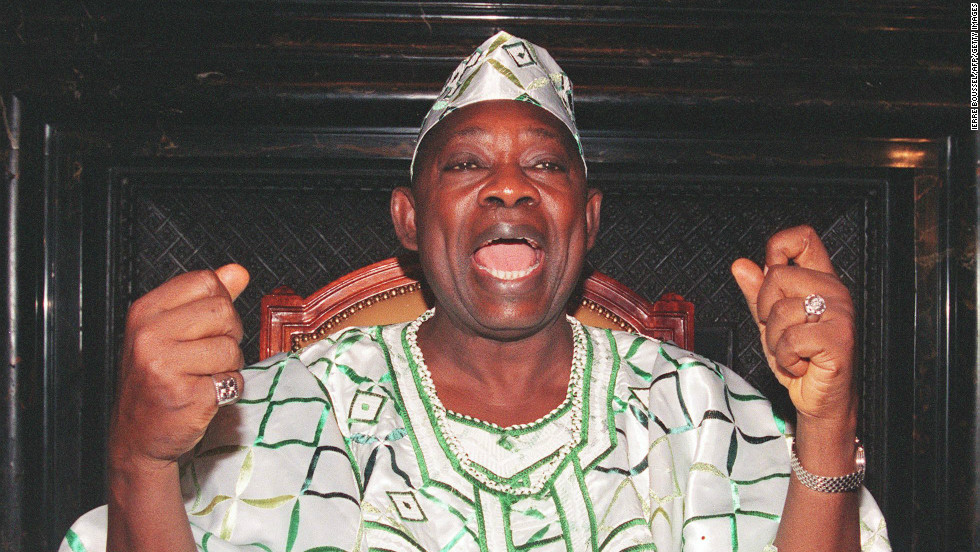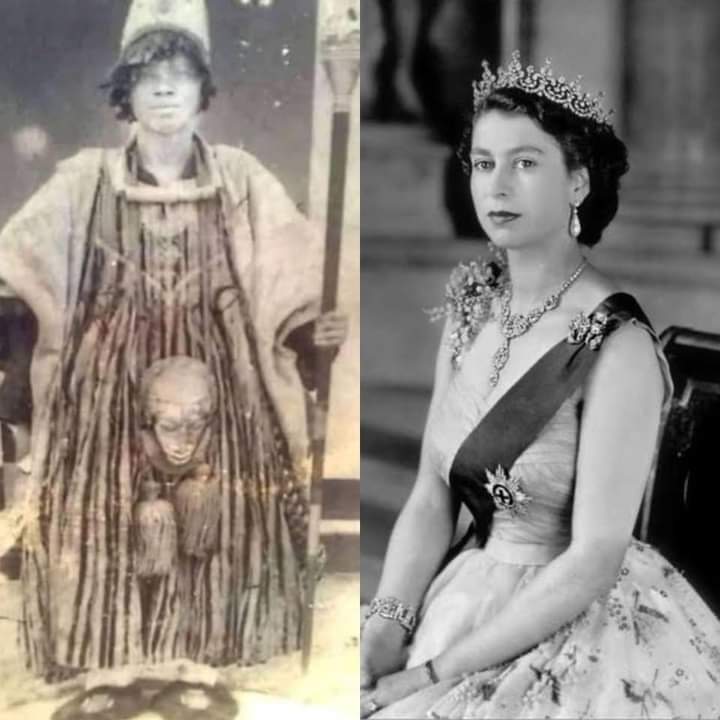63% of Nigerians live in poverty-National Bureau of Statistics
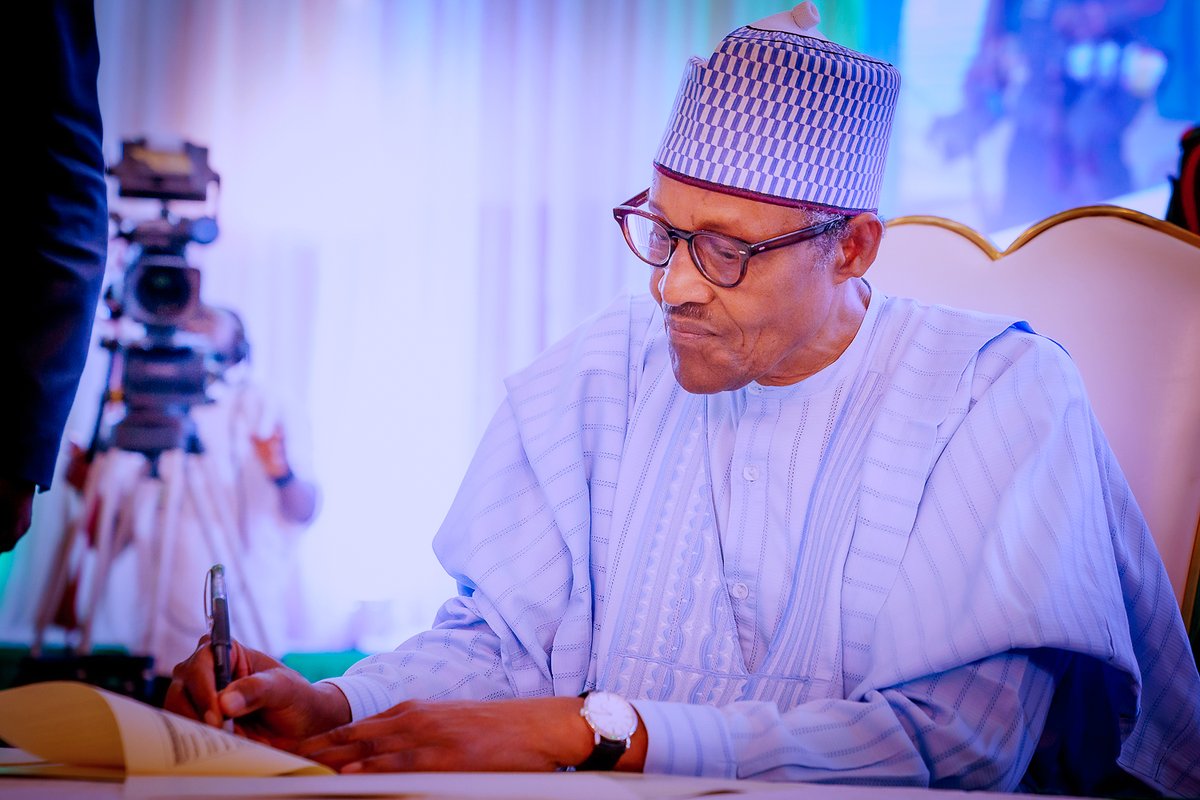
Key points
-
Multidimensional index provides a holistic view of poverty beyond earning $1 per day
-
The survey was carried out in 36 states, including the FCT
-
Buhari promises to eradicate poverty in Nigeria
-
Poverty is more prevalent in the North than in the South
-
More Nigerians are poorer than previously thought.
By Daniel Adaji
The National Bureau of Statistics (NBS) has revealed that 63% (133 million) of the Nigerian populations lives under abject poverty.
The new data was contained in a press statement released by the NBS on Thursday, November 17, 2022 at the launch of the results of the 2022 Multidimensional Poverty index (MPI) Survey.
From the global perspective, Macrotrend, a data aggregator on poverty reported in 2018 that Nigeria ranked 92% in poverty rate.
What is multidimensional poverty index?
Multidimensional poverty index attempt to capture the manifestation of poverty beyond monetary measures. The index looks at poverty holistically, by considering variables like access to social infrastructure like health, education, water, etc, and, of course, money.
This approach is a departure from the measurement of poverty on the basis of how much citizens earn per day. Anyone who earns less than a dollar per day is assumed to operate below poverty line. However, multidimensional poverty index provides a more holistic view of the poverty in the society.
The NBS said in its press statement on Thursday that “This survey was a collaborative effort between the National Bureau of Statistics (NBS), the National Social Safety-Nets Coordinating Office (NASSCO), the United Nations Development Programme (UNDP), the United Nations Children’s Fund (UNICEF), and the Oxford Poverty and Human Development Initiative (OPHI).”
How the survey was conducted
The survey, which was conducted between November 2021 and February 2022, sampled over 56,000 households across the 36 states of the Federation and the FCT, and provides multidimensional poverty estimates at senatorial district level.
The report stated that more than half of the Nigerian population lives in poverty.The majority of the poor populations, put at about 65 per cent, are in the northern part of the country.
90% of the children in the North-East and North-West are poor
It was also revealed that children suffer the most from poverty in the country, as about two third (67.5%) of children age 0-17 are poor in the country. considering the fact that about 51% of the population are children, this rate is alarming.
According to the MPI, 90% of the children in the North-East and North-West are poor with a relatively lower figure in the South-East and South-West (74% and 65% respectively).
In his speech at the presentation of the report by the NBS, President Muhammadu Buhari reaffirmed his commitment to the first goal of the Sustainable Development Goals, which is eradicating poverty in all its dimensions.
He said, “In times as this, it would be easy to become faint hearted. It would be easy to turn away from the poorest and most vulnerable, because resources are scarce, and a multitude of competing priorities call for our attention.
However, today, as we gather here to launch the 2022 Multidimensional Poverty Index (MPI) report – I reaffirm our commitment to the first goal of the Sustainable Development Goals, which is eradicating poverty in all its dimensions.”
What the data say
Highlights of the 2022 Multidimensional Poverty Index survey reveal that:
-
63% of persons living within Nigeria (133 million people) are multidimensionally poor.
-
The National MPI is 0.257, indicating that poor people in Nigeria experience just over one-quarter of all possible deprivations.
-
65% of the poor (86 million people) live in the North, while 35% (nearly 47 million) live in the South. Poverty levels across States vary significantly, with the incidence of multidimensional poverty ranging from a low of 27% in Ondo to a high of 91% in Sokoto.
-
Over half of the population of Nigeria are multidimensionally poor and cook with dung, wood or charcoal, rather than cleaner energy. High deprivations are also apparent nationally in sanitation, time to healthcare, food insecurity, and housing.
-
In general, the incidence of monetary poverty is lower than the incidence of multidimensional poverty across most states. In Nigeria, 40.1% of people are poor according to the 2018/19 national monetary poverty line, and 63% are multidimensionally poor according to the National MPI 2022.
-
Multidimensional poverty is higher in rural areas, where 72% of people are poor, compared to 42% of people in urban areas.
Over half of the population of Nigeria are multidimensionally poor
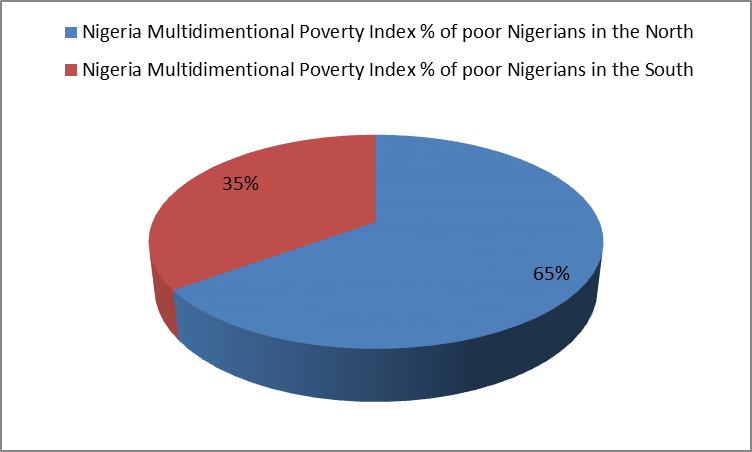
Source:NBS Chart: The Insight
The National MPI is reported with a linked Child MPI, which provides additional information on Multidimensional Child Poverty in Nigeria. According to the report:
-
Two-thirds (67.5%) of children (0–17) are multidimensionally poor according to the National MPI, and half (51%) of all poor people are children.
-
The highest deprivations are in the indicator of child engagements – where over half of poor children lack the intellectual stimulation that is pivotal to early childhood development.
-
Child poverty is prevalent in rural areas, with almost 90% of rural children experiencing poverty.
-
Across the geo-political zones, the child MPI shows higher poverty in the North-East and North-West (where 90% of children are poor) and lower poverty in the South-East and South-West (74% and 65.1% respectively). The incidence of Child MPI is above 50% in all States and greater than 95% in Bayelsa, Sokoto, Gombe and Kebbi.
-
Four million Nigerians – 2.1% of the population – live with a child aged 15–17 who is the first generation in that household to have completed primary school.
The Insight Report
Nigeria Coverage

